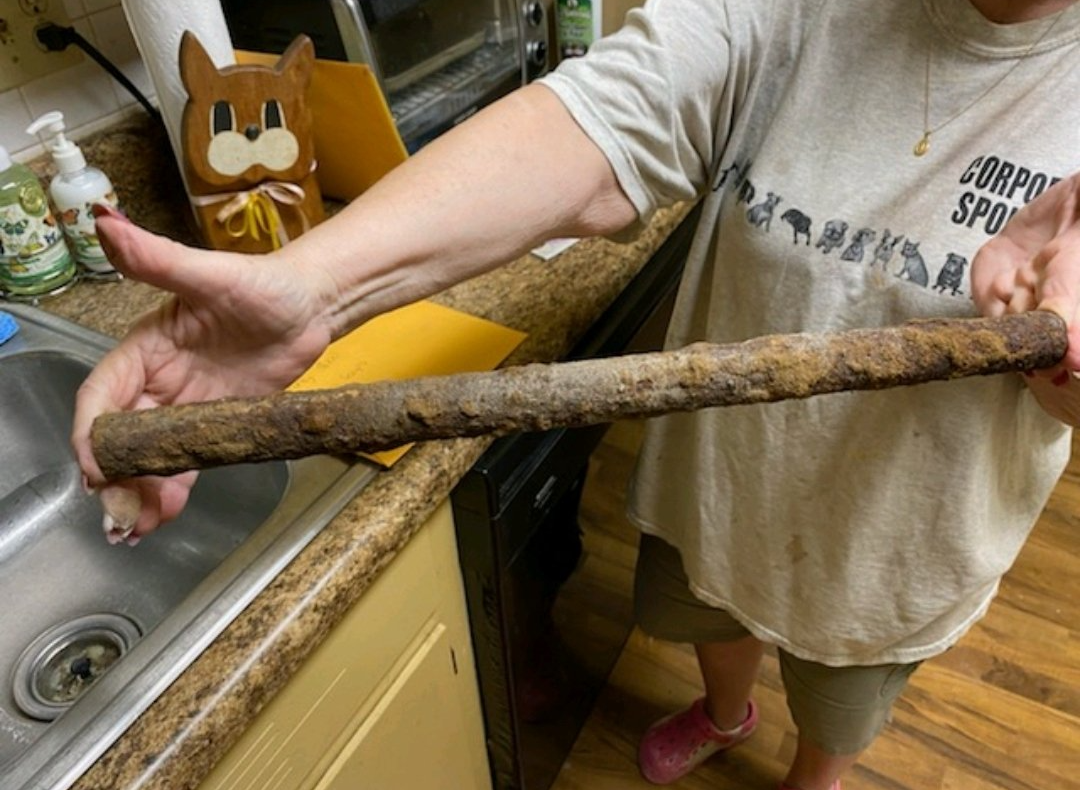Florida drinking water ranks among nation’s worst, study finds
Florida drinking water ranks among nation’s worst, study finds

More Floridians are exposed to unsafe drinking water than just about anywhere in the country, according to a new study of violations.
The state ranked second in the number of people impacted by violations under the Safe Drinking Water Act based on the most recent data available from 2015, the Natural Resources Defense Council said. Nationally, 77 million people were exposed to unsafe water, with violations including high levels or toxic arsenic, lead and other chemicals, as well as failure to test or report contamination.
The study, a follow-up to an examination of the lead crisis in Flint, Michigan, comes as the Trump administration considers drastic cuts to the Environmental Protection Agency, which enforces the law.
“The problem is two-fold: there’s no cop on the beat enforcing our drinking water laws, and we’re living on borrowed time with our ancient, deteriorating water infrastructure,” Erik Olson, NRDC’s health program director, said in a statement. “We take it for granted that when we turn on our kitchen tap, the water will be safe and healthy, but we have a long way to go before that is reality across our country.”
To compile the data, the nonprofit looked at the most recent, comprehensive data and ranked states based on the number of people exposed to unsafe water. That could skew findings to heavily populated states, but even as a percentage, Florida ranked in the top 10, NRDC spokesman Alex Frank said.
Altogether, 7.5 million Floridians received water from utilities that violated standards. Among the state’s top violations was failing to provide its citizens with a required annual water quality report. Other major problems violated rules on cancer-causing disinfectants, high levels of coliform from human waste, and lead and copper that exceeded safe limits.
Nationwide, the study found that small and rural communities racked up the highest number of violations and that for nine out of 10 violations, no formal action was taken to correct problems. The study turned up 80,000 violations in 2015 in 18,000 water treatment systems across the country. Of these, 12,000 violations created potential health hazards. In Florida, more than 250 violations were tied to health hazards.
The NRDC also reported that the EPA has not added any new drinking water standards since the law was amended in 1996 to require regular five-year updates on potential new contaminants to be monitored, including algae-related toxins that have fouled water around Florida.





